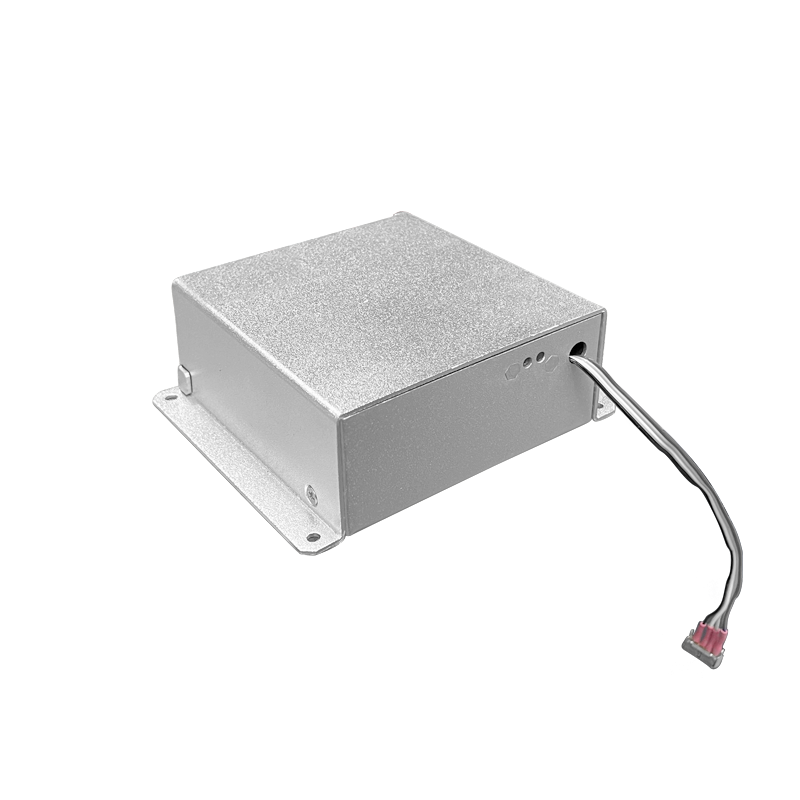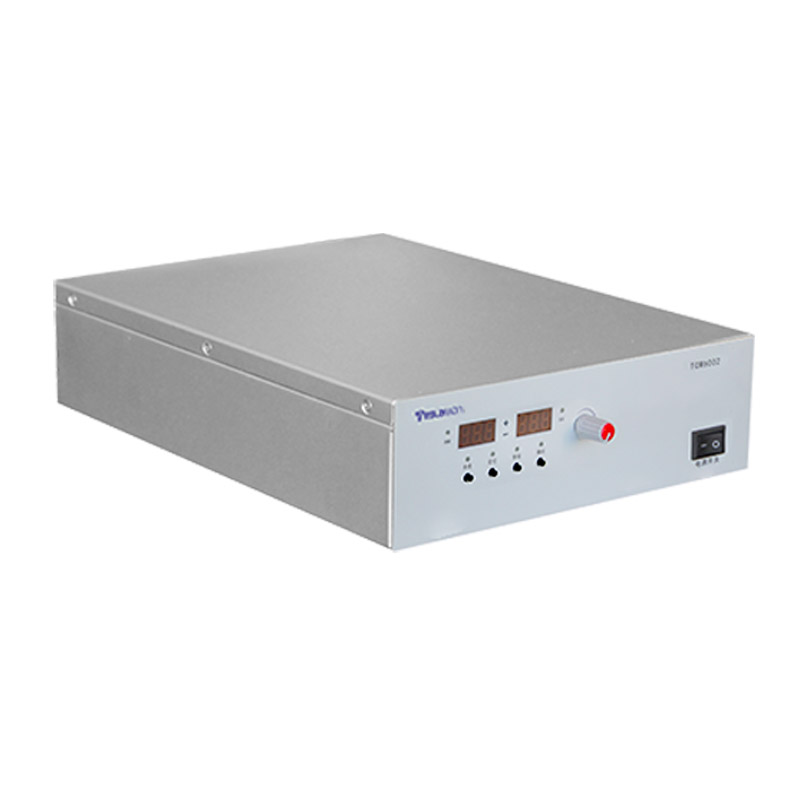Improvement in Coating Effectiveness of Cathodic Vacuum Sputtering Power Supplies
Cathodic vacuum sputtering technology is a core process for material surface modification, where coating quality directly depends on the performance of high-voltage power supplies. Recent advancements in power supply stability, high-energy pulse innovation, and multi-parameter optimization have significantly enhanced coating uniformity, adhesion, and microstructure.
1. Enhanced Power Stability and Arc Suppression
Traditional power supplies are prone to arcing due to target contamination during sputtering, leading to current surges and coating defects. Key improvements include:
Dual Closed-Loop Control Circuit: A voltage-current real-time feedback system combined with ZVS (Zero-Voltage Switching) full-bridge technology suppresses arcing, limiting output voltage fluctuation to within ±0.1% and reducing thickness variation.
Digital Control Algorithms: DSP-based rapid-response algorithms automatically adjust voltage/current during arc initiation and maintenance, achieving microsecond-level response times. Integrated arc suppression improves new target cleaning efficiency by 30%.
2. Innovations in High-Energy Pulse Technology
High-power impulse magnetron sputtering (HiPIMS) power supplies enable precise ion energy control, addressing coverage and density challenges in deep-hole coating:
Positive Pulse Superposition: Conventional HiPIMS suffers from low deposition rates and hot spots. By superimposing a 0–400V positive pulse after the main negative pulse, metal ions are accelerated for directional deposition. For copper deep-hole coatings, deposition rates at trench bottoms increased by 42% compared to DC sputtering, with porosity reduced by 60%.
Ion Energy Distribution Optimization: Short pulse widths (5–20 μs) narrow ion energy distribution (peak width <30 eV), enabling nanoscale stress control to prevent film cracking.
3. Multi-Parameter Synergistic Optimization
Coating improvements require integrated power and process parameters:
Power-Magnetic Field Coordination: Unbalanced magnetic fields enhance ion bombardment on substrates, improving adhesion. Adjusting the balance coefficient (K-value) of magnetron cathodes increases substrate ion current from 10A to 32A, significantly boosting the hardness and wear resistance of titanium nitride coatings.
Deep-Hole Process Optimization: For high-aspect-ratio structures (>8:1), HiPIMS at moderate pressure (5–10 mTorr) with short target-substrate distances (<30 cm) achieves uniform sidewall coverage, avoiding target overheating in traditional low-pressure sputtering.
Conclusion
Innovations in cathodic sputtering power supplies—from stability enhancement to precise pulse control—have advanced coatings toward high uniformity, low defects, and strong adhesion. Future efforts should focus on real-time plasma diagnostics coupled with adaptive power regulation to expand applications in flexible electronics and nanodevices.




















